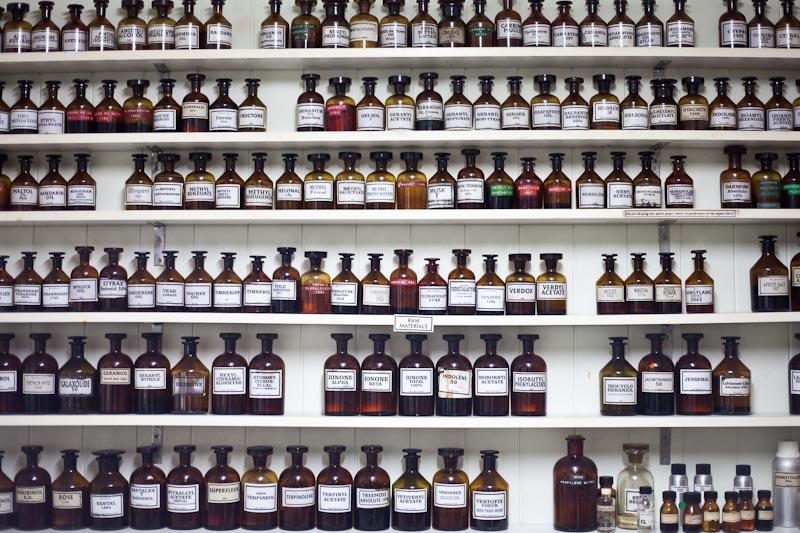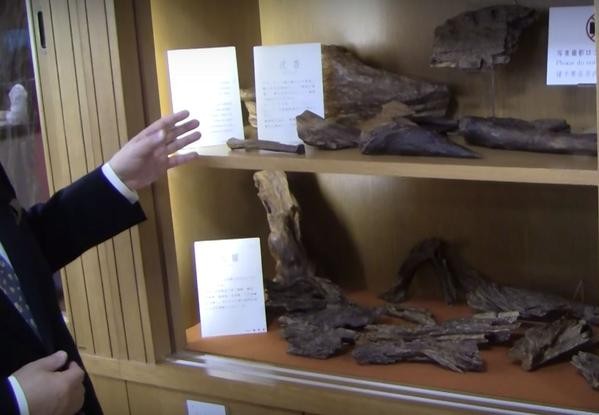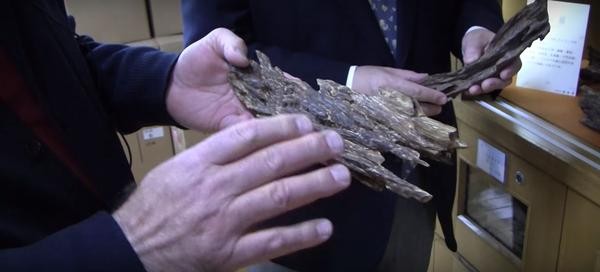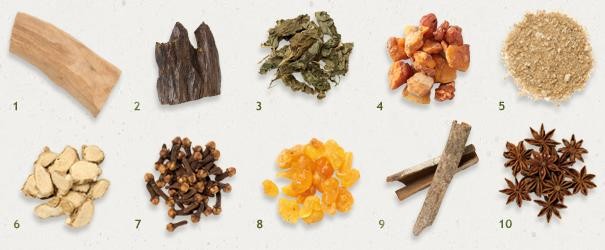Incenses do not contain top, middle and base notes like perfumes. Perfumers can smell their working during the blending processes. However, the incense blenders are unable to do so as they can only do on finished products (incenses).
Incense artisans will imagine the concept first, then select the material. They need to have good experiences through trial and error to lean the burning rates, how the incenses will smell when mixing.
Raw materials smell very different before, during and after being burn. On the other hand, perfumes use essential oils which scents are more predictable and consistent. Some incenses do contain oil but again, when essential oil burn, its chemical properties changed compared to room temperature.
Majority of the incenses and perfumes ingredients offer easy to perceive smell, put it simply, they smell pleasant. However, if you noticed, some great incenses or perfumes sometimes contain “strange” or unpleasant smelling ingredients.
For example. in perfumes
“Natural civet comes from the perineal glands of civet cats, and castoreum is the scented liquid that beavers release from sacs near their tail to mark their territory. See, gross! But the (slightly uncomfortable) truth is these substances actually smell really, really good. Like powdery and musky and kinda dirty in a way that’s oddly satisfying.” (Peter 2018)
“What interests me in particular … are bad smells. Chrysanthemum flowers that
smell ‘raw’ (aokusakute). They aren’t in any way nice, are they? And the autumn
kamemushi beetle that sends out a stink when you touch it by mistake. Ugh!
Also, bamboo leaves, which smell horribly when cut. But it is really important to know smells like these because, if you can put in a little bit of a bad smell into fragrance, then that fragrance can become fantastic. There are hints like these for me everywhere in my everyday life. So my principle is, first find strange smells and stinky smells, for they can provide you with crucial hints when making a new incense.” (Moeran 2007)
Perfume Lab
Mainly essential oil and/or synthetic oil bottles

Incense Lab
Raw materialTo illustrate please see the below Shoyeido Factory Tour by gr8culinary


Kyara : One of the ingredients for Shoyeido Translucent Path

Source: Shoyeido Japan (click on images for more details)
Incenses are used/ enjoyed in stationary. You rarely see someone walking on the street with incenses on their hand. Having said that, some agarwood based incenses are very addictive which could be used to “smoke” or to cast its scent to personal clothing which will be lasted for days if not weeks.
The only downside: as this scent is created via burning, if you wore than smoke scent, you might be asked what you had smoked?
Middle Easterners are familiar with this practice, they scent their clothes with the smoke from heating agarwood chips. Around AD552, the Japanese Imperial family and members of their court soon made use of various aromatic woods to fumigate their clothing and so disguise untoward body smells (Moeran 2013)
Perfumes are usually for leisure and feel when used, consumers feel better about themselves, feel more confident when they wear perfumes

Incenses in the earlier day were used for religious purposes, but this concept change gradually









